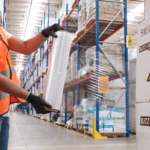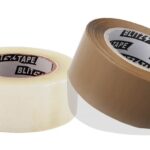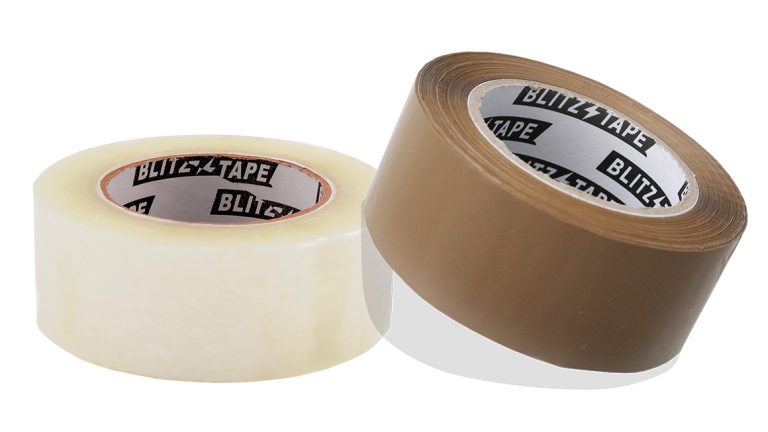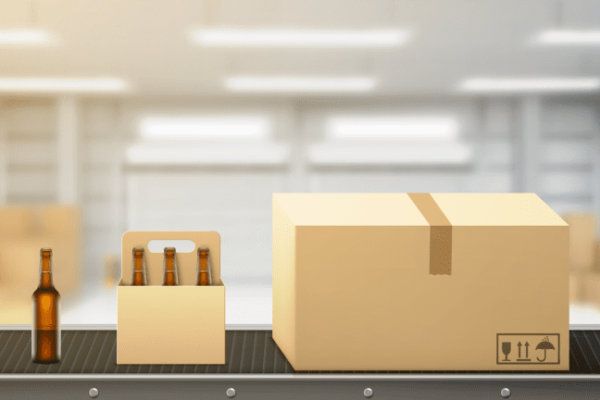At Packsys, we often receive inquiries from customers about the best practices and products for packaging. In this blog post, we’ll address some of the most common questions about adhesive tapes for packaging or box sealing, offering our insights and expertise.
Hotmelt vs. Water-Based Acrylic Tape: Which is Better?
It’s not a matter of which is better, but rather which is more suited to your needs. For instance, a 45-micron thick hotmelt tape will generally have stronger adhesion than its water-based acrylic counterpart. However, hotmelt is more expensive. By using a slightly thicker water-based acrylic tape, you can achieve similar results. Hotmelt has its limitations, such as poor UV resistance and a tendency to lose its properties over time. In contrast, water-based acrylic tape is a more cost-effective option, especially for long-term storage or in extreme temperatures.
What Types of Adhesive Tape Does Packsys Offer?
Here at Packsys, we focus on water-based acrylic adhesive tapes, offering options for both general and industrial use. With 40-micron and 50-micron thicknesses respectively, we believe these options cover most applications effectively and affordably.
Understanding Adhesives
Adhesives are polymeric materials used to bond different materials. They can be classified in various ways, including application method, chemical composition, and suitability for different substrates and end products. Pressure-sensitive adhesives (PSAs) are commonly used in tapes, remaining tacky at room temperature.
What is Adhesion?
Adhesion is the molecular force of attraction between different materials in contact. The strength of adhesion depends on the type of adhesive. Pressure-sensitive adhesives develop bonding strength with minimal pressure and reach full strength after 24 to 72 hours.
What is Natural Rubber Adhesive?
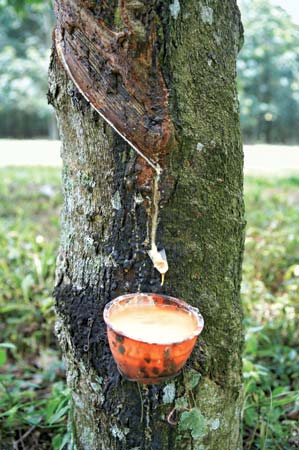
Natural rubber adhesive comes from the “Hevea brasiliensis” tree, primarily grown in Southeast Asia. This finite resource can vary in availability depending on annual crop yields. Natural rubber tapes offer aggressive adhesion, but are typically more expensive due to their origin and extraction process.
Uses of Natural Rubber Adhesive Tapes
These tapes are ideal for heavy or low-quality boxes, or in dusty environments. However, due to their cost, they are less popular.
The Variety of Packaging Tapes
The world of packaging tapes is vast, with each type having its specific application. These include polypropylene, PVC, and paper tapes, with adhesives like water-based acrylic, solvent-based acrylic, synthetic rubber (hotmelt), and natural rubber. You’ll also find specialty tapes like silent tapes, water-activated tapes, reinforced tapes, security tapes, and custom-printed options.
“Fish Eyes” in Adhesive Tapes
“Fish eyes” are optical effects caused by trapped air in tape layers. While they affect the tape’s appearance, they do not impact its performance.
Brown (Tan) vs. Clear Tape: Is There a Difference?
The only difference between these tapes is color. Some prefer colored tapes for easier identification, but performance-wise, they’re identical.

